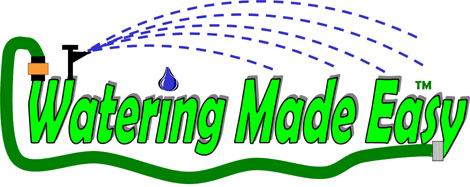¨ Watering should be done in the cool part of the day to avoid evaporation.
¨ When cycling your water zones consider the infiltration rate for your soil, rooting depth, monthly gross irrigation for your specific turf and region, water capacity for your soil, and precipitation rate of your sprinklers (GPM).
¨ The average lawn should receive about one inch of rainfall or watering per week.
¨ It is better to water for longer periods of time and less frequently because this encourages deeper root growth Deep root growth allows the lawn to survive under stressful conditions such as drought.
¨ Most gardening problems arise from incorrect watering.
¨ Homeowners can calibrate their sprinklers using tin cans spaced throughout the lawn to estimate how many inches of water is applied per minute.
¨ Keeping soil moist around a home’s foundation can prevent costly foundation repairs.
According to Gallup, the top five benefits of a well-maintained lawn and landscape are:
– Allergy control. Turf controls dust, in addition to pollen from plants that can cause serious health problems for some individuals.
– Pollutant absorption. Turf grasses absorb gaseous pollutants such as carbon dioxide and sulfur dioxide, converting them to oxygen.
-Particulate entrapment. Turf grasses trap an estimated 12 million tons of dust and dirt released annually into the atmosphere.
– Fire retardation. Grass around buildings helps retard the spread of fire.
-Water quality. Reducing runoff, turfgrass filters the water that helps to recharge groundwater supplies.
Source: Sprinkler Talk, PLCAA Association
